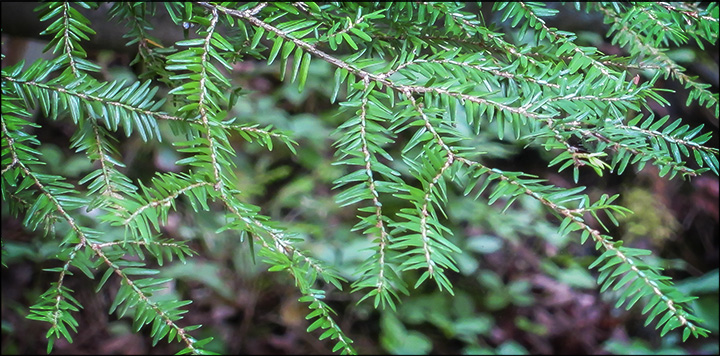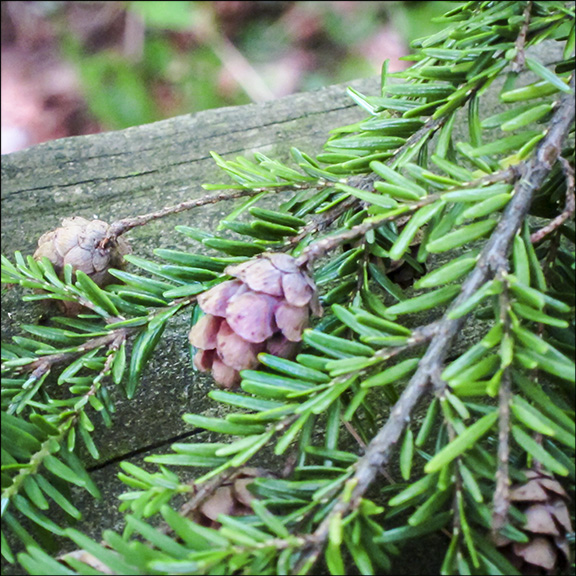eastern hemlock tree facts
Eastern hemlock can grow up to 60-100 ft 18-30 m in length. The Carolina hemlock can only be found in the southern Appalachians with most of its populations occurring in western North Carolina.
The Eastern hemlocks bark is thick with a reddish-brown coloration.

. The eastern hemlock is the state tree of Pennsylvania. This conifer is unusual in that the terminal leader often droops instead of giving the tree a typical pointed top like that of most trees in the pine family. Eastern hemlocks grow well in cool humid climates.
When compared to Western Hemlock Tsuga heterophylla Eastern Hemlock generally has wider growth rings though both species can have tightly spaced growth rings. About 8-10 species of hemlock trees exist four of which are found in North America and 4-6 in eastern Asia. Eastern hemlock also called the Canadian hemlock or hemlock spruce is a native hemlock species of North America.
Each scale consists of two winged seeds. Eastern hemlocks grow on 19 million acres throughout the eastern US. Eastern hemlocks commonly grow in rocky areas along streams and wooded hillsides.
Interesting Facts The oldest recorded eastern hemlock found in Pennsylvania was more than 554 years old. It is a beautiful graceful evergreen with a pyramidal shape and majestic stands are easily identified from a distance. The arrangement of Eastern Hemlock needles also contrasts with.
Dont worry about their roots. According to Canadian hemlock tree facts the roots. Canadian hemlock grows between 40 and 70 ft.
22 rows Eastern hemlock Tsuga canadensis also called Canada hemlock or hemlock spruce is a. This makes it unsuitable for being used as a Christmas tree. Despite the name the hemlock tree Tsuga is not related to poison hemlock Conium maculatum.
Native to the eastern United States the hemlock resembles a large Christmas tree with its broadly pyramidal pendulous branches and fine dark-green needles on widely spaced branches that give it a delicate lacy feel. Eastern hemlock is is a coniferous tree native to North America and a member of the pine family Pinaceae 4. The shallow root system is very sensitive to drought and wind.
Eastern Hemlock trees are easily distinguished from Eastern White Pine since the latter tree features much longer. Eastern hemlock is a graceful native evergreen tree. It develops conical or irregularly shaped crown.
Eastern hemlock has furrowed and ridged brown bark pendulous and drooping branches and a nodding top. Eastern hemlocks are recognized by their broadly conical shape straight trunk and branches that droop at the tips. Hemlock develops flat needle-like leaves.
Eastern Hemlock is also the state tree of Pennsylvania. Once it is cut down the eastern hemlock tends to shed its needles quickly. The scientific name of the hemlock genus is Tsuga which is the Japanese name for hemlock trees which are native to Japan.
Eastern hemlocks are long lived trees with many examples living for more than 500 years. Eastern Hemlock needles can also be easily differentiated from those of the Red Spruce which are sharp-pointed and. Eastern Hemlock Tsuga canadensis L Carrière Description.
Historically its bark was an important source of tannin for the leather tanning industry. Its mature bark is 2 to 3 inches thick at the stump reddish brown flaky or scaly and has deep vertical fissures ¹. Eastern hemlock also known as Canadian hemlock is a late successional slow-growing and long-lived native conifer.
Hemlock wood is used in construction and for railroad ties. Eastern hemlock trees will usually be between 28 and 31 meters tall but when they live in ideal growing conditions they can reach an impressive height of up to 53 meters. Mature trees can reach heights up to 115 feet with a typical diameter of 30 inches ¹.
They can grow to heights of more than 100 feet 30 m and are tolerant of shade moist soil and slopes. Their trunk diameter must be large enough to support that height and trunks are usually between 15 and 175 meters around. 15 rows Trunk Diameter.
Bark of hemlock tree can be grey or reddish-brown colored. The eastern hemlock resides in a large area that extends from the southern Appalachian Mountains to southern Canada and then into the Great Lakes states of Michigan Wisconsin and a portion of Minnesota. The 516 to 916 inch needles Petrides 1972 are flat and green above with white shallow bands on the underside.
It prefers moist well-draining soil. The ridges on the bark are scaly and flat-topped forming plates. They are less than one inch long and spirally arranged on the branches.
Currently the species is threatened by the hemlock woolly adelgid a non-native insect that kills infested trees. 4-9 ft on average. It is a slow-growing plant that might take up to 250-300 years to reach full maturity.
Youll see the trees in the wild growing on woody slopes rocky ridges and river valleys from eastern Canada south to Georgia and Alabama. Quick Facts Species Native Habitat The eastern hemlock is more tolerant of shady locations than other trees. Also known as Canada hemlock or hemlock spruce eastern hemlock can grow to heights of 70 feet and widths of 35 feet and live for as long as 800 years.
The undersides of the needles have 2 white stripes called stomatal bands. The Eastern hemlock Tsuga canadensis is a medium-sized conifer with flat sprays of short glossy green needles and small egg-shaped cones. It is furrowed and covered with scales.
Trees have a pyramid shaped growth pattern. Hemlock can reach 33 to 197 feet in height. One of the more shade-tolerant evergreens the Eastern hemlock has many uses as a specimen sheared as a hedge or planted for screening.
It is most often found on moist or rocky ridges as well as north-facing slopes and valleys. 12 21 m tall. The hemlocks seeds grow in ½-1-inch oval pinecones.
They have a slow to medium growth rate of up to 24 inches 61 cm a year maturing to 50 to 70 feet 15-21 m tall and 25 feet 76 m wide. Once it is cut down the eastern hemlock tends to shed its needles quickly. Gray to brown scaly deeply furrowed.
And are the dominant tree species on 23 million acres ranging from the Southern Appalachians of Georgia and Alabama north to Maine and the Canadian Maritimes as well as west to Minnesota. The plant is characterized by dull evergreen needles and small cones hanging from the branch tips while retaining their scales.

Hemlock Woolly Adelgid Facts Fairfield Litchfield Counties Ct Green Environs Hemlock Adelgid Treatment
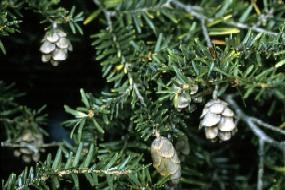
Eastern Hemlock Shenandoah National Park U S National Park Service
Tsuga Canadensis Eastern Hemlock Pinaceae
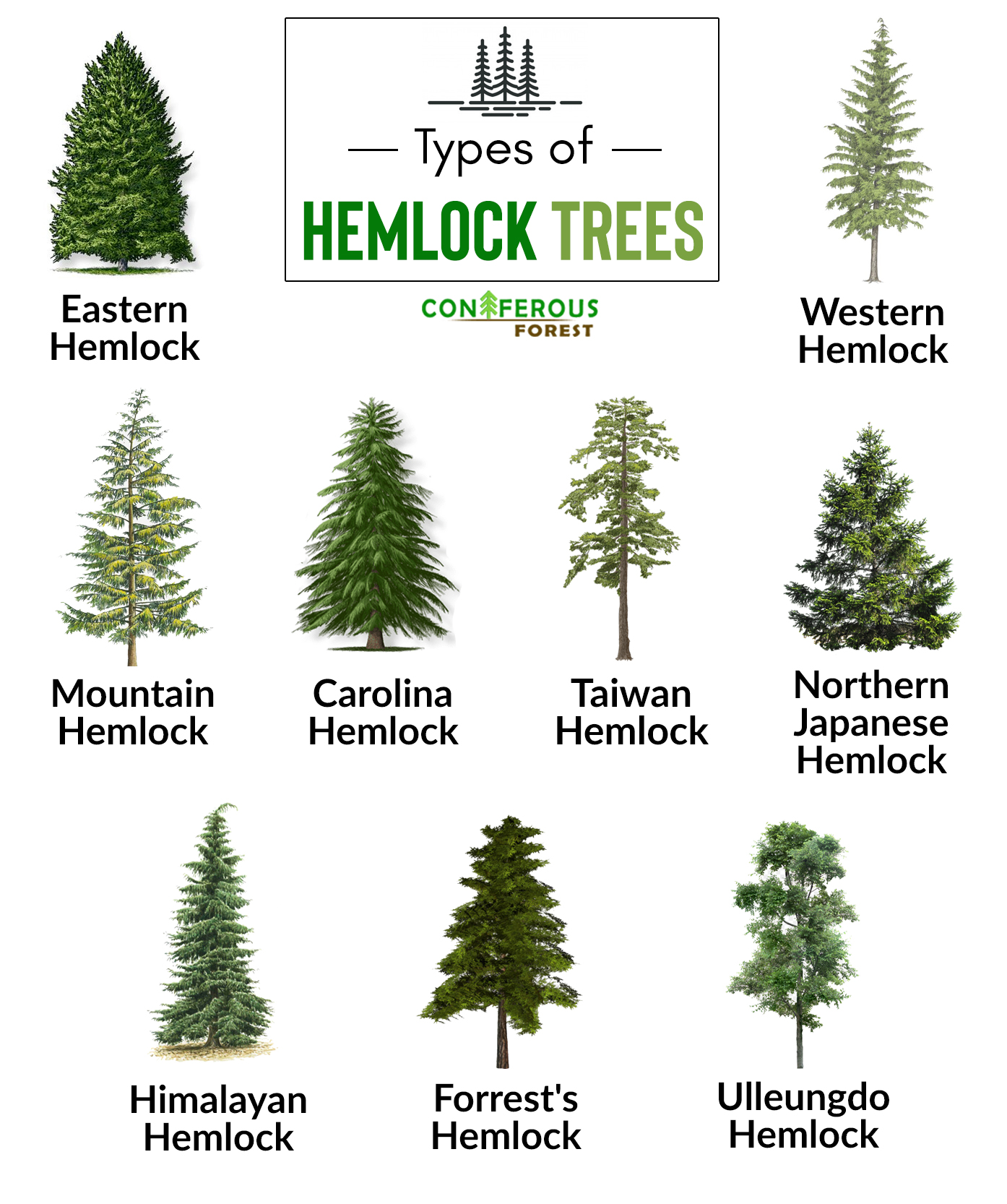
Hemlock Tree Facts Definition Types Identification Pictures

Canadian Hemlock Tree Facts How To Care For Canadian Hemlock Trees

Pennsylvania State Tree Eastern Hemlock
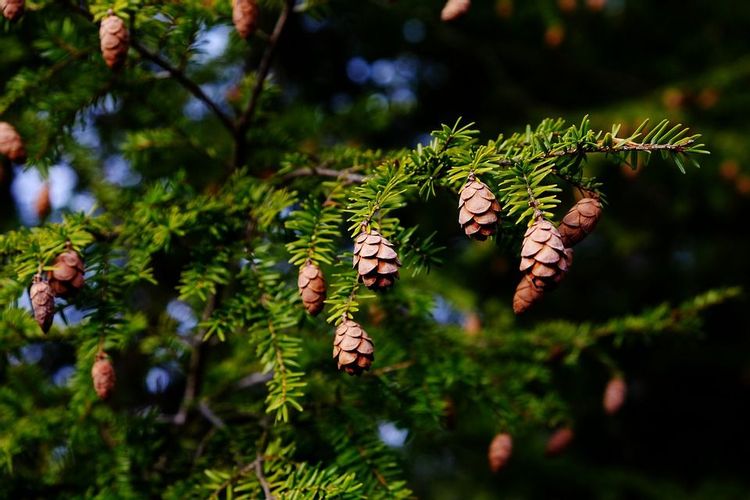
31 Hemlock Tree Facts You Should Be Aware Of The Plant
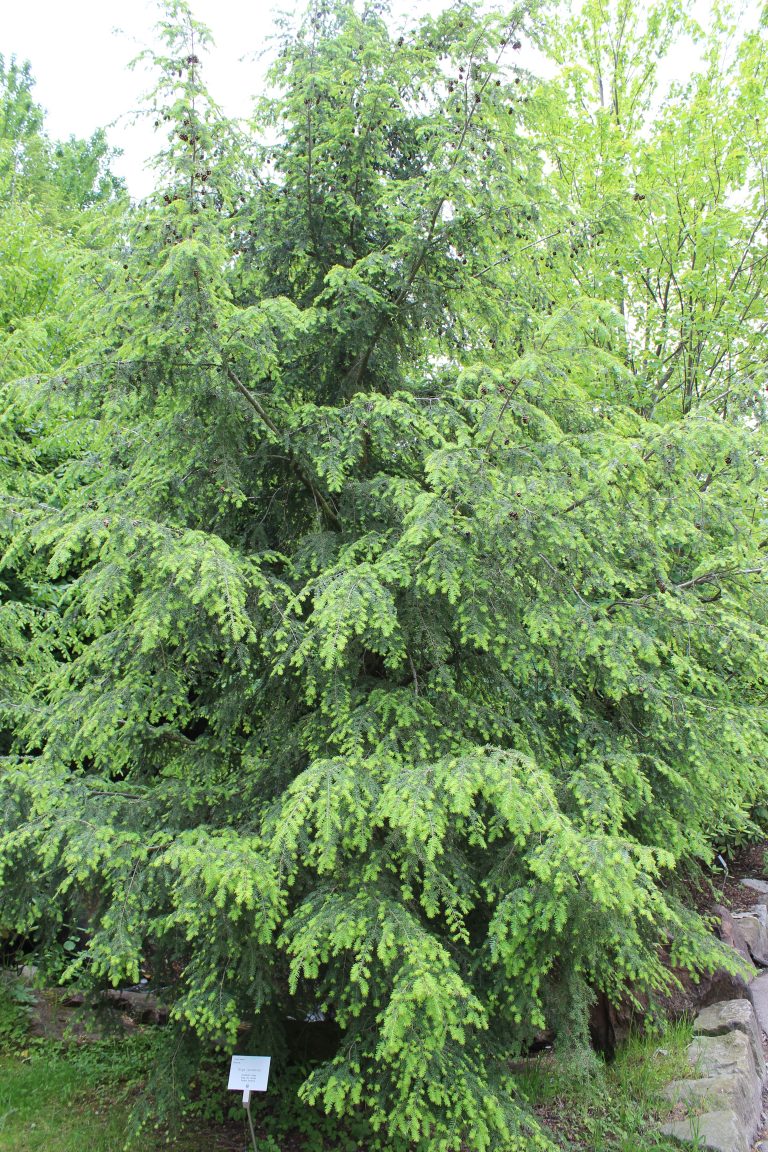
Eastern Hemlock Crandall Park Trees

Eastern Hemlock Plant Id Guide Youtube
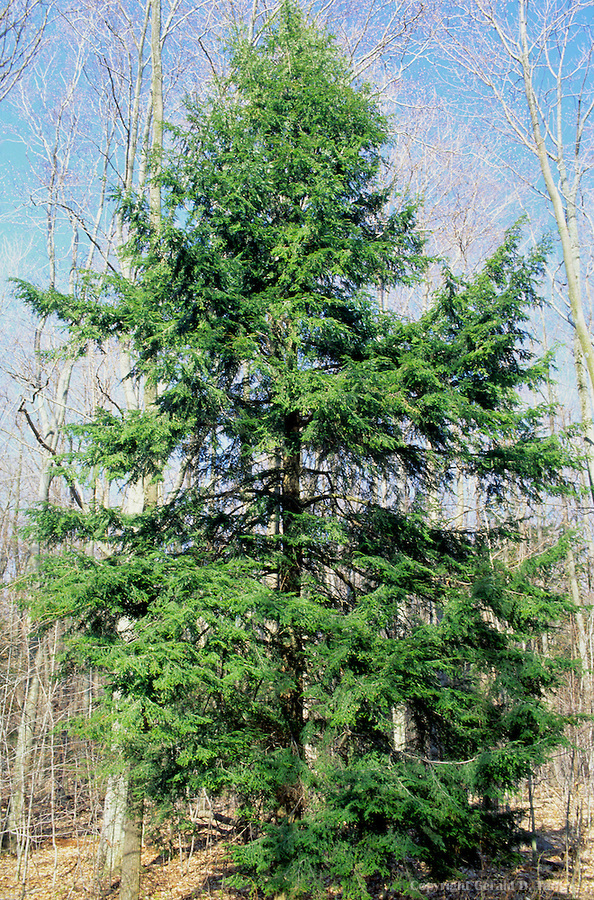
Eastern Hemlock Canadian Hemlock Coniferous Forest
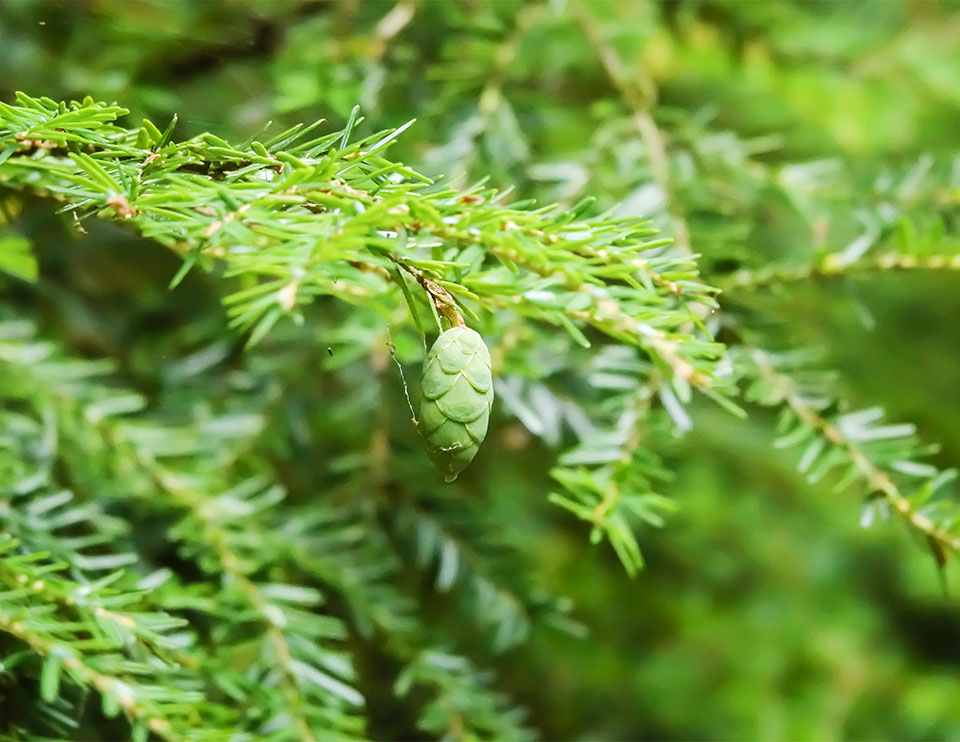
Eastern Hemlock Tsuga Canadensis
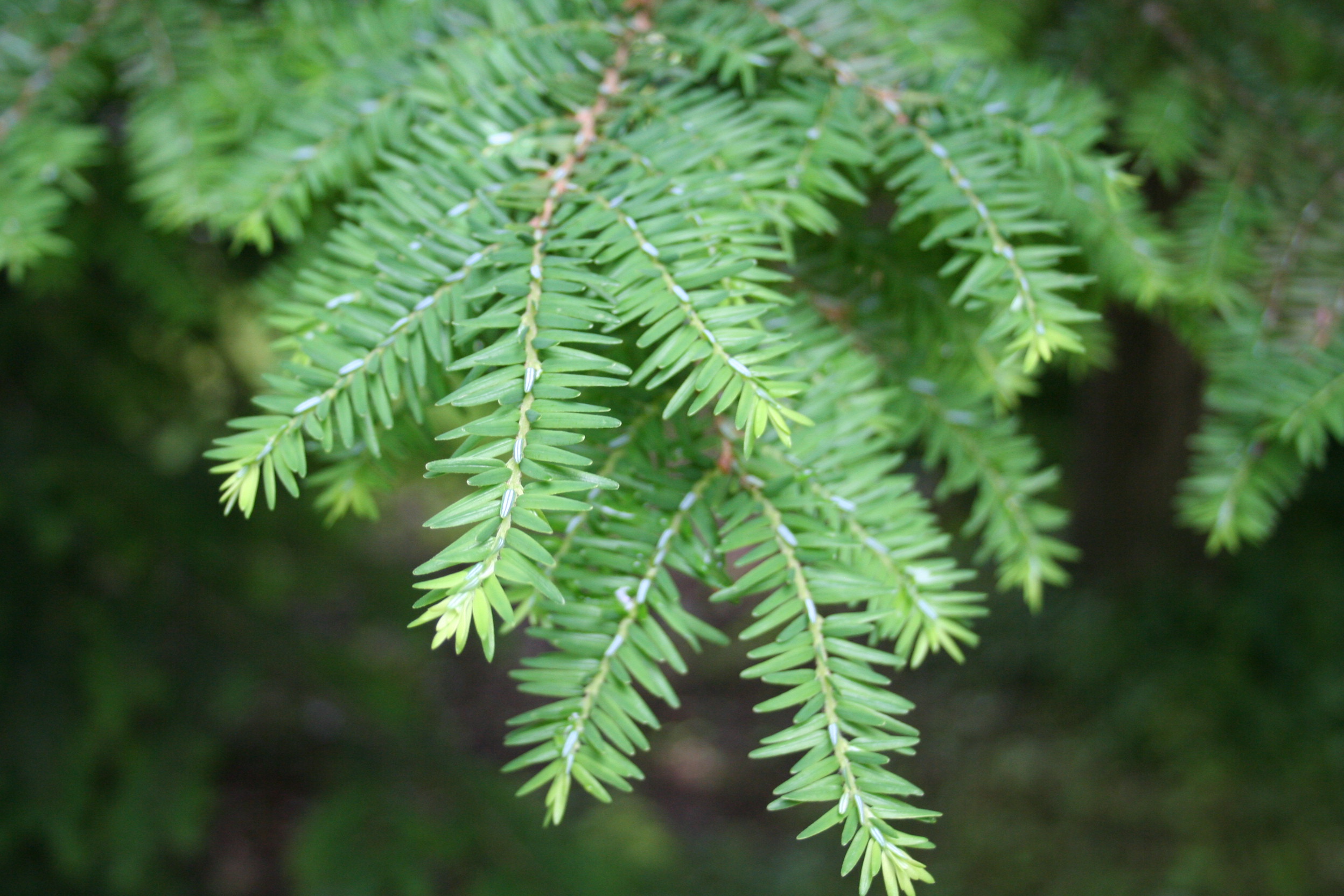
Hemlock Eastern Nebraska Forest Service
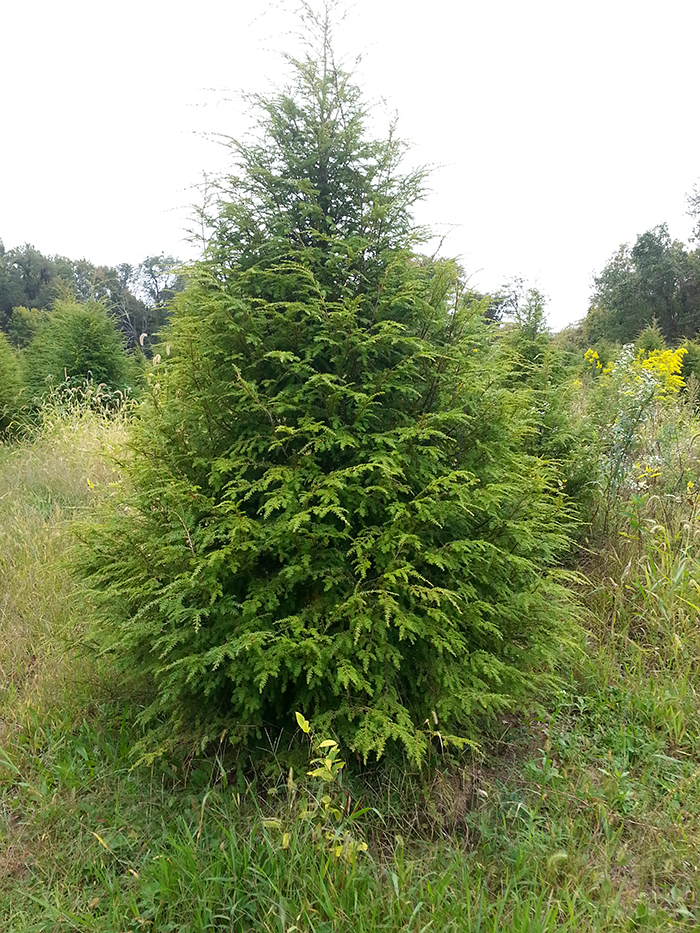
Eastern Hemlock Canadian Hemlock Coniferous Forest

Eastern Hemlock Canadian Hemlock Coniferous Forest
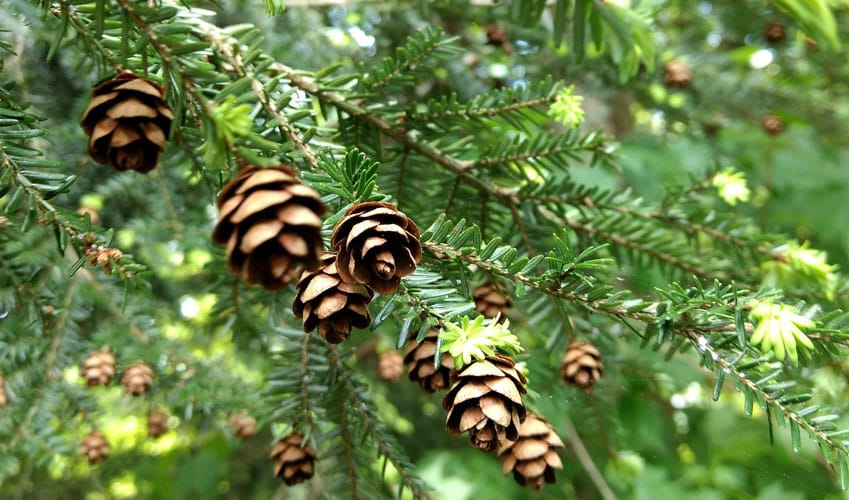
Hemlock Woolly Adelgid Facts For Northeast Ohio Independent Tree
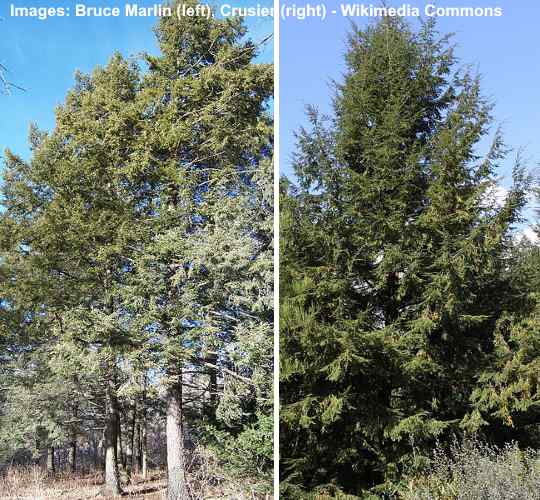
Hemlock Trees Tsuga Leaves Bark Cones Pictures Identification
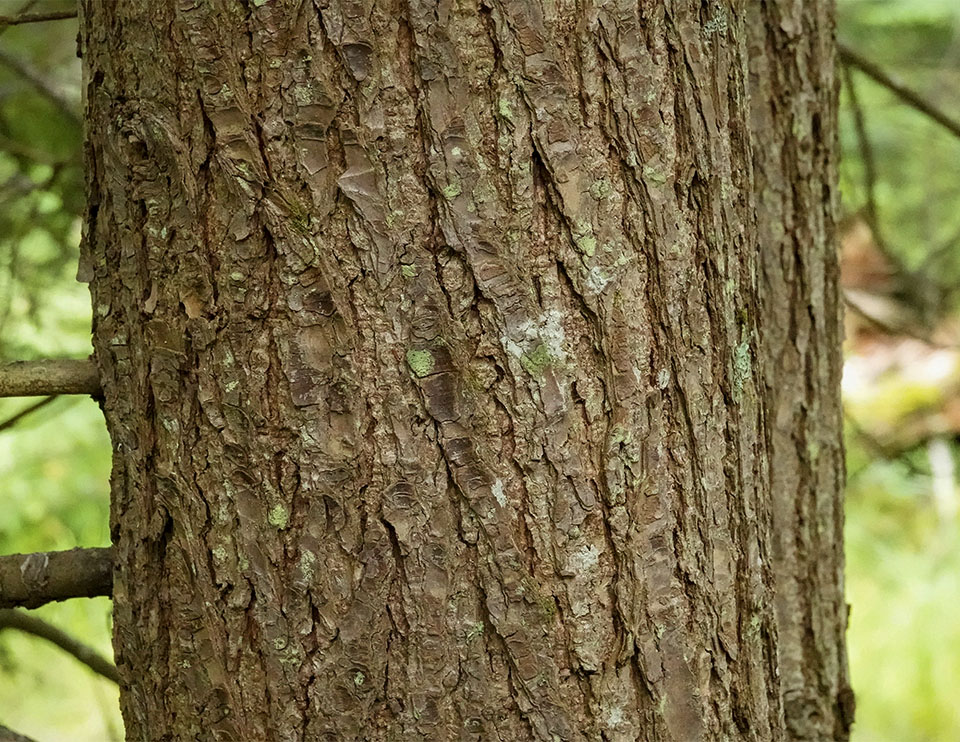
Eastern Hemlock Tsuga Canadensis
